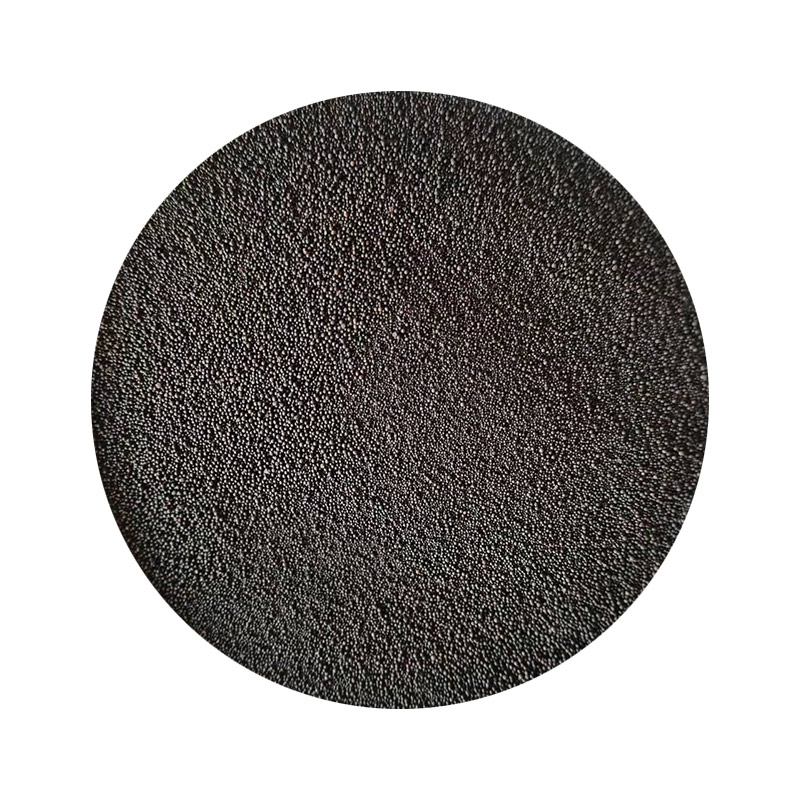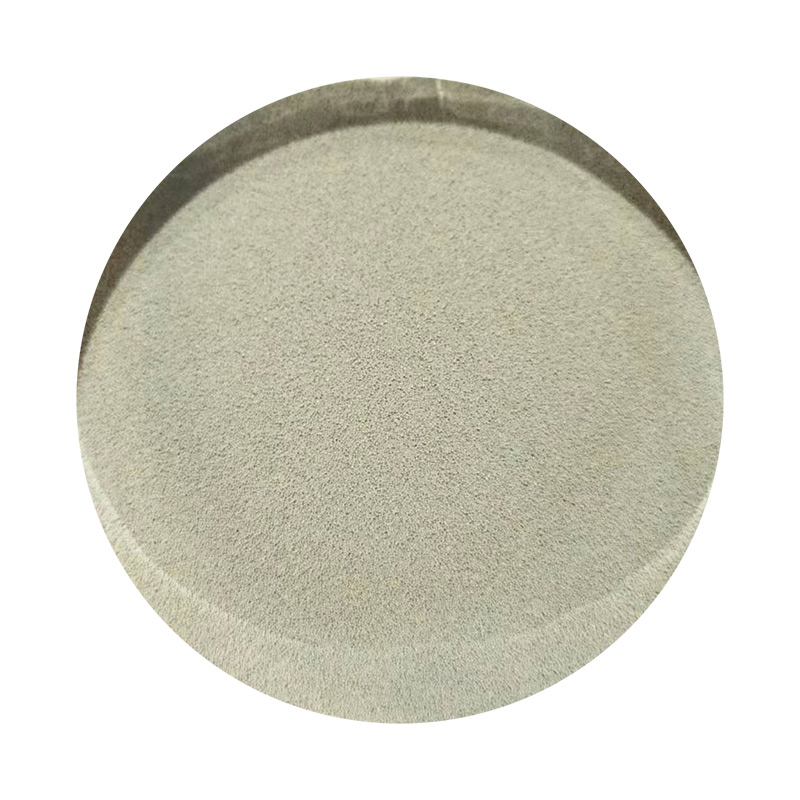

A cornerstone of expertise in sand casting lies in the foundry's ability to manage and adapt to variables such as sand consistency, compaction techniques, and moisture content. Mastery of these variables ensures defect-free castings with superior surface finishing and structural integrity. Utilizing state-of-the-art simulation software, foundries can predict and mitigate potential casting issues like porosity and shrinkage, fortifying the reliability and quality of the final product. In the realm of large-scale production, automation is enhancing the efficiency and reliability of sand casting. Automated molding lines and robotic sand preparation processes reduce labor intensity, increase throughput, and ensure a consistent level of quality. This technological integration demonstrates the industry’s commitment to advancing its methodologies without sacrificing the authenticity and craftsmanship inherent to traditional sand casting. Trust in sand casting as a manufacturing process extends beyond its proven track record to the assurances of stringent quality control measures. Certified foundries adhere to international standards and employ rigorous testing techniques, such as non-destructive testing (NDT), to verify the structural integrity of each component. This dedication to quality underscores the trustworthiness that manufacturers have come to expect. In conclusion, the sand casting manufacturing process remains a cornerstone of modern production due to its adaptability, cost-efficiency, and commitment to quality. Through continuous innovation and adherence to high standards, it balances traditional craftsmanship with cutting-edge technology, ensuring its relevance and reliability for years to come. Post time:1月 . 14, 2025 12:30
Next:sand casting ideas
